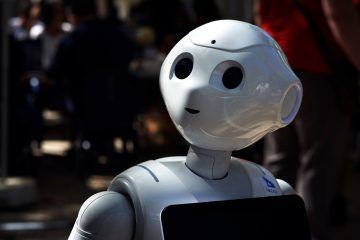Stuart Russell in the New York Times:
 The arrival of superhuman machine intelligence will be the biggest event in human history. The world’s great powers are finally waking up to this fact, and the world’s largest corporations have known it for some time. But what they may not fully understand is that how A.I. evolves will determine whether this event is also our last.
The arrival of superhuman machine intelligence will be the biggest event in human history. The world’s great powers are finally waking up to this fact, and the world’s largest corporations have known it for some time. But what they may not fully understand is that how A.I. evolves will determine whether this event is also our last.
The problem is not the science-fiction plot that preoccupies Hollywood and the media — the humanoid robot that spontaneously becomes conscious and decides to hate humans. Rather, it is the creation of machines that can draw on more information and look further into the future than humans can, exceeding our capacity for decision making in the real world.
To understand how and why this could lead to serious problems, we must first go back to the basic building blocks of most A.I. systems. The “standard model” in A.I., borrowed from philosophical and economic notions of rational behavior, looks like this:
“Machines are intelligent to the extent that their actions can be expected to achieve their objectives.”
Because machines, unlike humans, have no objectives of their own, we give them objectives to achieve. In other words, we build machines, feed objectives into them, and off they go.
More here.
